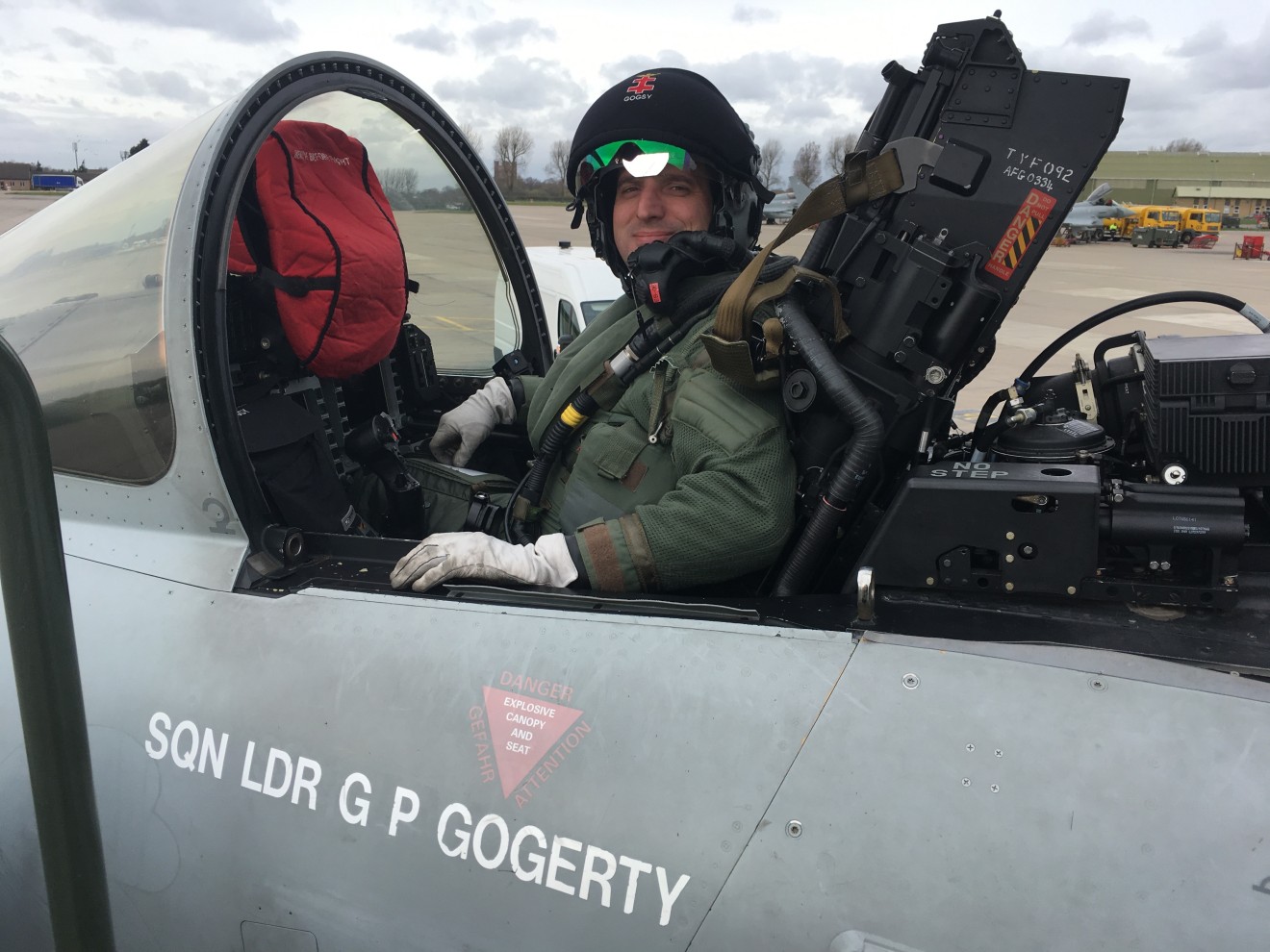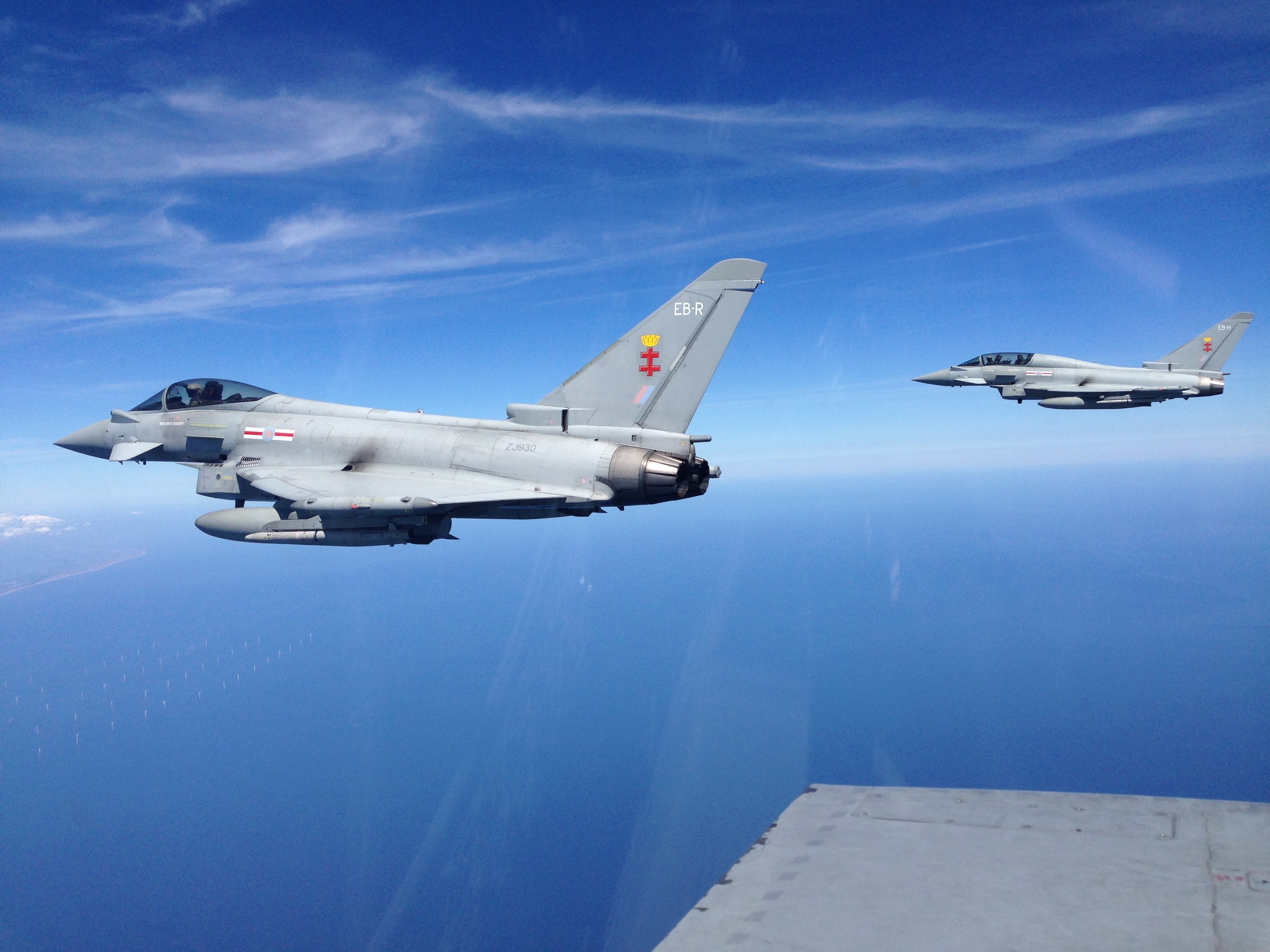
Tell us about your RAF career?
I joined the Royal Air Force in 1999 and my first assignment was in 2003 flying Jaguars. Three years later I started conversion training to Typhoon at RAF Coningsby, joining the newly-reconstituted XI Sqn.
Later I became a Qualified Weapons Instructor on 3(F) Sqn then joined the Typhoon Force Standards and Evaluation team, formulating and publishing Tactics, Techniques and Procedures (TTPs).
In 2012, I became Flight Commander on the Typhoon Test and Evaluation Squadron and in 2015, I became a student at the Empire Test Pilots’ School (ETPS) where I conducted live assessments on 17 different aircraft. After graduating, I moved back to the Typhoon TES as the Development Test Flight Commander.
In 2017, I moved overseas on an exchange posting with the US Air Force (USAF) as an F-16 Operational Test Pilot at Nellis AFB, Las Vegas. After retiring from the RAF in 2020, I joined the BAE Systems Flight Ops Team. My current role, embedded with the RAF Typhoon TES, is to be a conduit between the company and the RAF.
How many Eurofighter Typhoon flying hours have you?
I have 1,150 hours on Typhoon. The remainder of my approximately 2,300 hours is split between a number of types.
What’s your operational experience?
In March 2011 I flew the RAF’s first ever Typhoon combat mission, patrolling the no-fly zone over Libya as part of the NATO Operation UNIFIED PROTECTOR. I flew a number of missions in that campaign, both supporting the no-fly zone and conducting pre-planned and dynamic Air-to-Surface strikes. I have also conducted Air Policing missions in the Falkland Islands, and have spent many days on Quick Reaction Alert (QRA) in the UK.
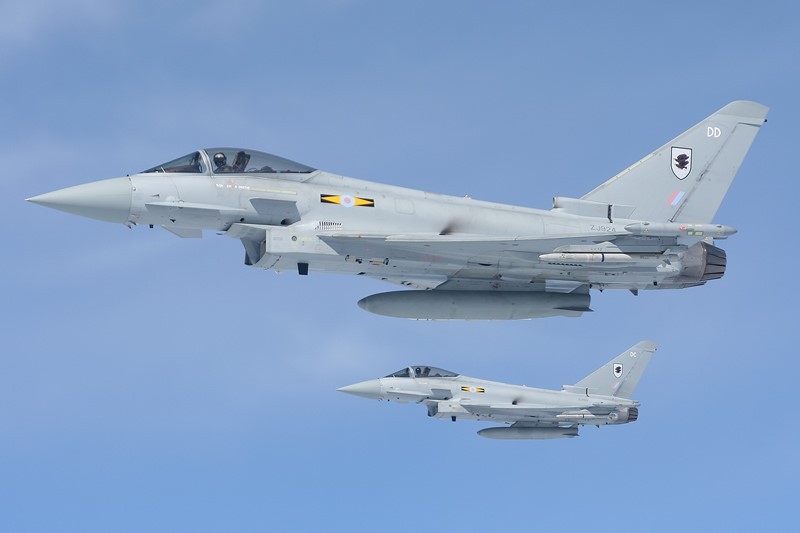
What are key attributes you need to become one of the elite?
First and foremost, I’d say luck. Many of those who apply will not get the chance for any other number of reasons like being too tall or near-sighted. Once you are in the door, then luck plays a part all the way through.
If you are lucky enough to be given the chance, you need to be dedicated, hard- working and studious, but one other key attribute is to be adaptable; able to absorb, retain and internalise information and techniques quickly. Hand-eye coordination, spatial awareness, and rapid mental dead-reckoning are very important skills. Another key attribute is an element of stubbornness and perseverance — a ‘never give up’ attitude.
Finally teamwork. Once you’re on a course, the mutual support of your course-mates is vital.
Did you ever contemplate failing to make the grade?
Constantly. In fact, I still worry about that now, even though my military career is over. Throughout flying training I always had a fear that at any point my chosen career path would be shut.
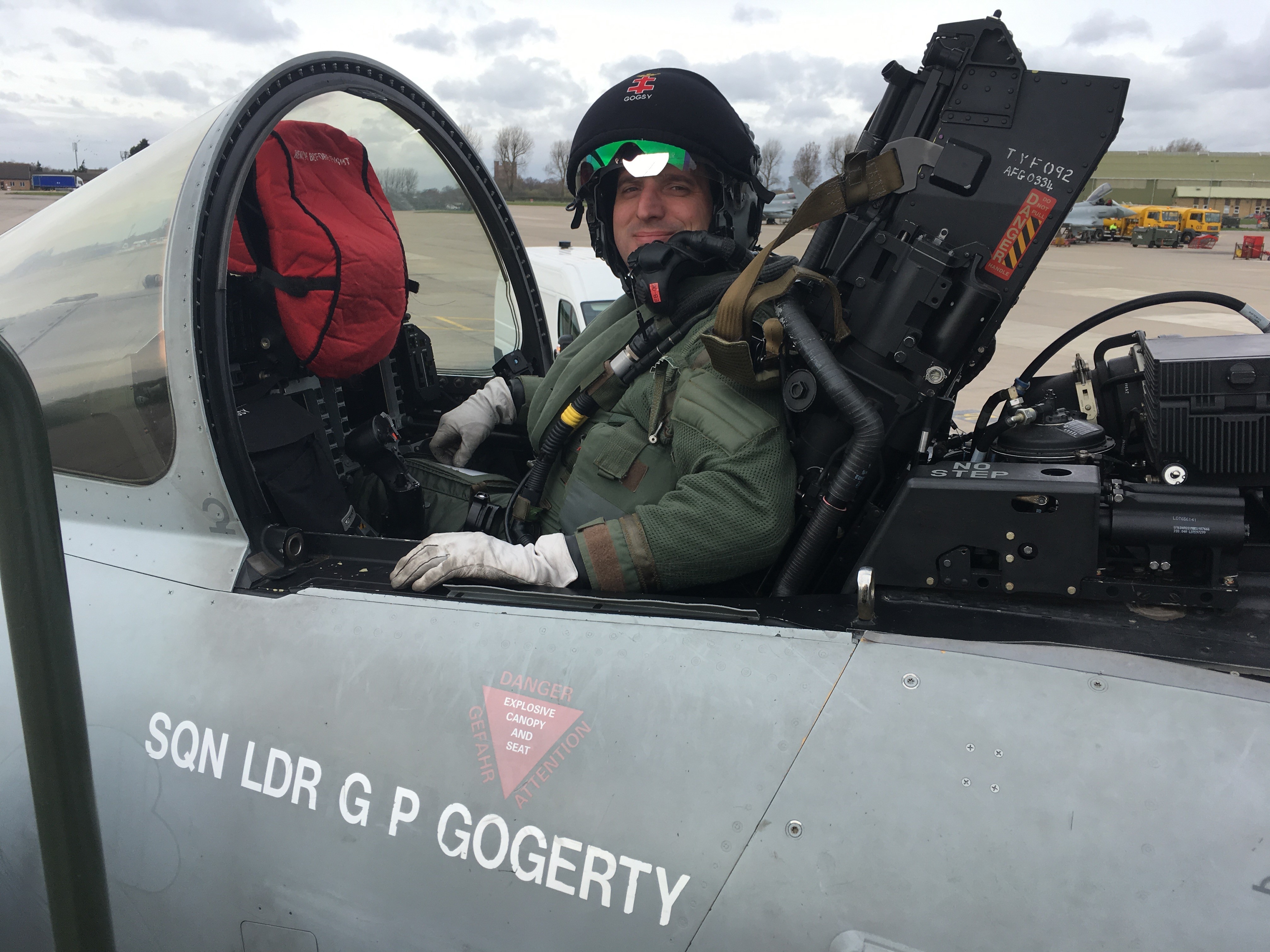
Is there any truth in the Hollywood stereotypes?
Not that I’ve ever seen. Everybody is different but with very few exceptions the pilots I have worked with have been humble and self-deprecating. As for the Top Gun stereotype of being chiseled and buff, while a certain level of fitness is required, it should be focused on maintaining a level of G-tolerance and protecting the areas of your body that are subject to the most stress, which in Typhoon is your neck.
What are the pressures like?
You might think that once you’d completed training and arrived on a squadron, the pressures would go away, but that’s not the case. Once you’ve arrived, you need to perform a work-up to become Combat Ready, then after a period of consolidation it’s into work-ups for Pairs Leader, Air Combat Leader, 4-ship leader, and then probably some level of Instructor qualification.
The pressure of being on operations will be different for everyone, and is obviously dependent on the operation. A former colleague who flew in the first Gulf War told me they were launching on missions they didn’t expect to return. I can’t imagine the pressure they were under then.
My experience was much less dramatic, as the danger was far less, however, there were still feelings of nerves before each mission. Additionally, when you are tasked to employ weapons operationally, there are so many things to be considered which add additional pressure. Training and familiarity with the Rules of Engagement and other orders help.
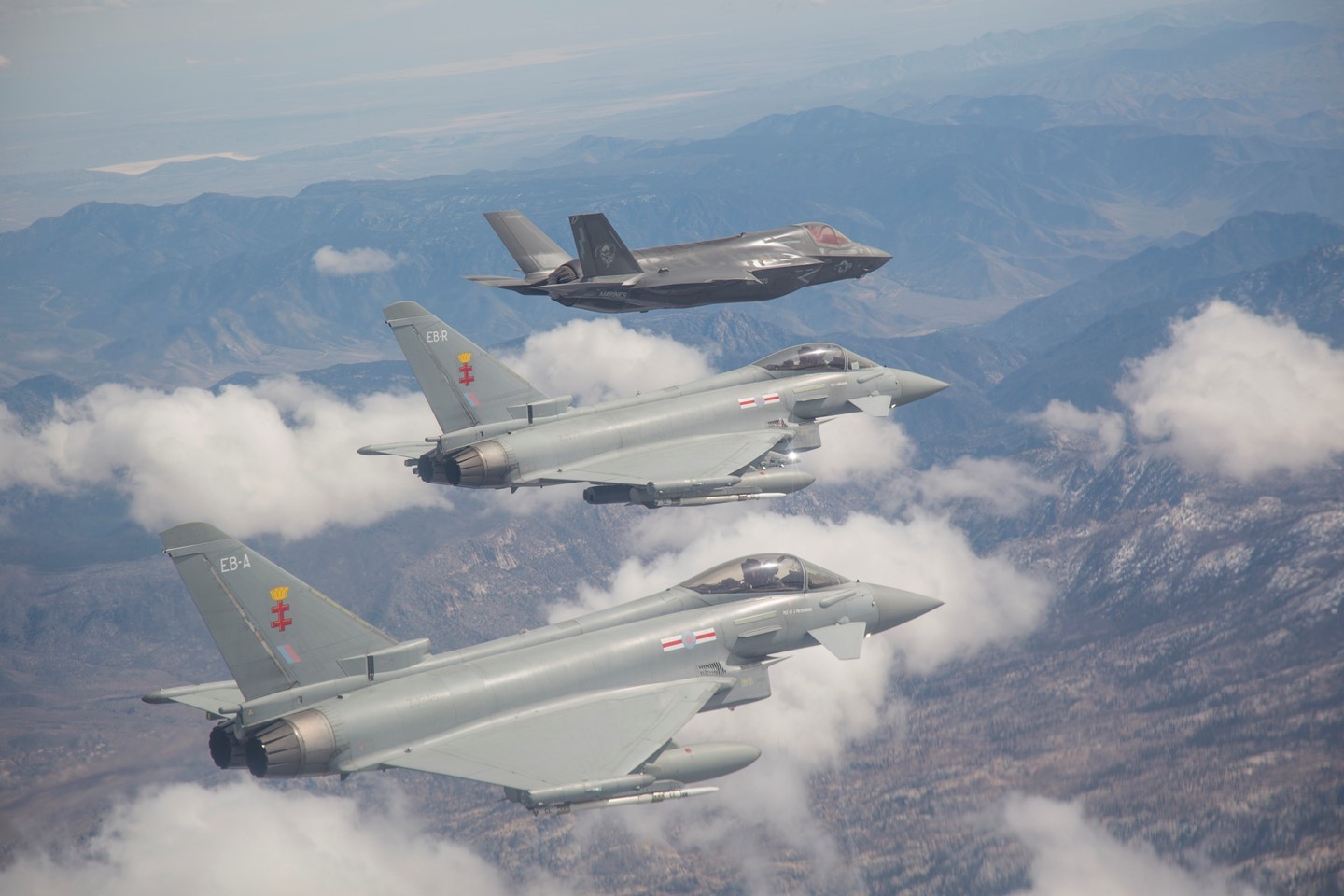
What’s the difference between an average pilot and a leading fighter pilot?
I have worked with some truly exceptional fighter pilots. In Basic Fighter Manoeuvres (BFM – Dogfighting at close range), pilots must be able to recognise and react to situations, while manoeuvring their own aircraft accurately, and understanding what the opposing aircraft is doing. Some pilots have an ability to do this naturally and with split-second timing. They are then able to completely recall what happened for the debrief.
Beyond this, what separates the best fighter pilots is their capacity outside their cockpit. At the top end, the best pilots are the ones who can be effective Mission Commanders. This needs you to have a full understanding of what the mission is, what phase you’re in, and where everybody needs to be at any one time. All this, while still doing everything you need to do in your own cockpit. The capacity and situational awareness to see and deal with the bigger picture is what makes a leading fighter pilot.
What skills do you need?
At a basic level, hand-eye coordination, spatial awareness and mental dead-reckoning skills are vital for getting through flying training. Then the ability to multi-task becomes important.
For example, the ability to hear and process auditory inputs (such as radio calls or warning sounds) while also conducting more visual tasks on cockpit displays is vital. As such, one vital skill is the ability to prioritise actions in real-time.
Whenever I’m asked by parents or school- kids how to become a fighter pilot, I always say “get good at video games” as the skills gaming gives you, learning complex control schemes and interpreting complicated displays, are key to a 21st century fighter pilot.
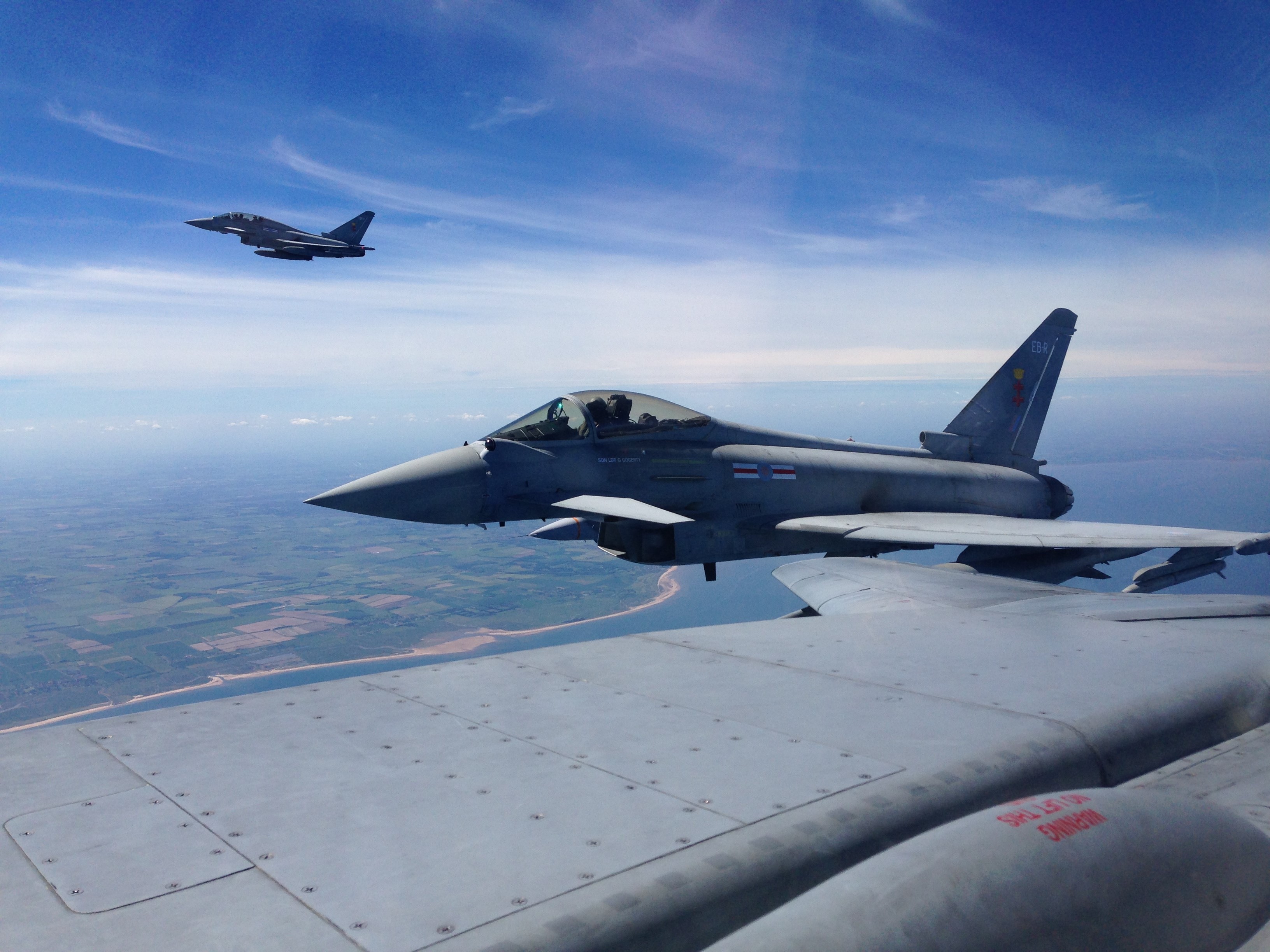
How do you balance being a fighter pilot and a personal life?
It is very difficult, and almost out of your control. In the time I was on a front-line squadron, I found it impossible to plan a social life. Even something as simple as going out for dinner couldn’t be planned a day in advance.
Detachments and deployments are measured in months these days, so it’s not uncommon for pilots to spend over half the year away from home. For a single person this may not be so bad. The excitement of fast jet flying and overseas travel might well outweigh the missed opportunities for a home life. However, as pilots get older, getting married and having children, then the balance tends to swing the other way.
Do you think your experience as a fighter pilot has influenced the person you are today?
I don’t think it has changed my personality, as I feel that I am still the same awkward, nerdy kid I was when I joined the RAF. However, it did give me the skills to be more confident, and to be much more of a critical and analytical thinker.
